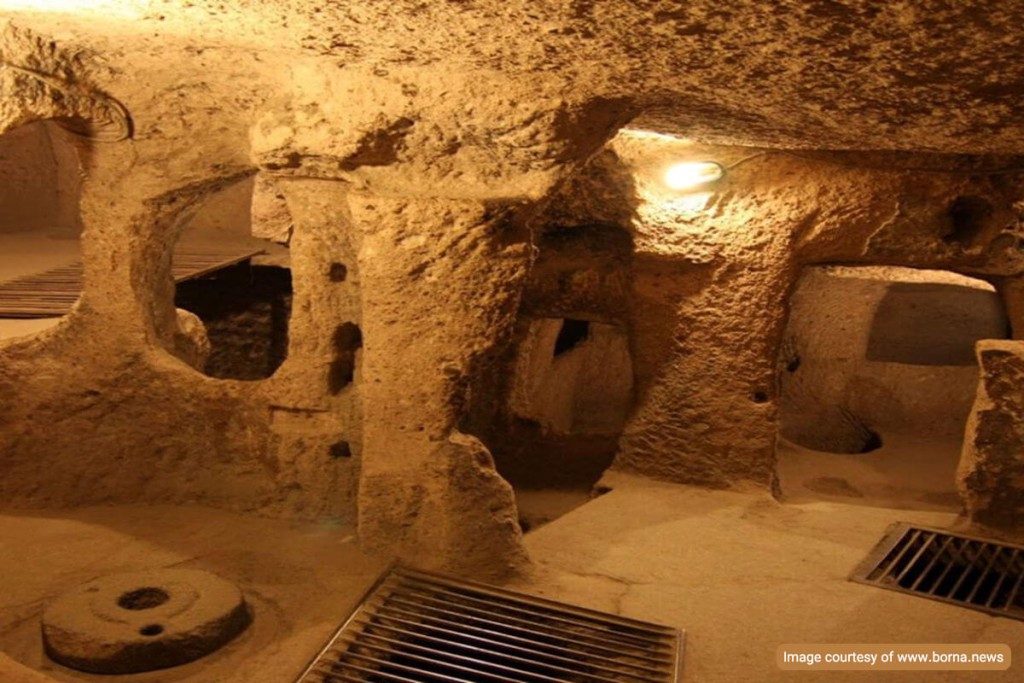
I visited Noosh Abad ancient underground city near Kashan recently when I was traveling with a couple from New York. In recent visits I’ve had to Fin Garden of Kashan, I saw some brochures promoting the visit to this interesting sight. So, I decided to arrange to visit it with my fellow travelers.
Noosh Abad Underground City Called Ouee
At least since 1500 year ago, in Sassanian period, people at this part of Iran who had the fear of being invaded by some foreigners started to think how they could escape such unwanted death. Fleeing to the mountains and shifting from settled life to nomadic life has been an option. You know that settlement comes after migration lifestyle, but it has happened both ways in Iran due to the invasions imposed on us.
In this particular case, I remember some years ago in our history books, it was written that when Arabs invaded Iran, the people of Kashan who couldn’t resist against the foreign invaders, left the city and disappeared into the ground. Well, it’s a history book I’m quoting for you, not fairy tales! However, I always asked myself, “What does it mean? How could it make sense?” Now I know.
One of the entrances to Ouee underground city at Noosh Abad is shown in the photo above. It leads to the entrance made into the tank of a water reservoir built in Safavid period (16th to 18th centuries). The material, which was used for the insulation of the tank (saruj) constructed then, has been so solid that it took construction workers one week using modern tools to make a whole into this half-meter-thick wall to make a way for the visitors to go inside this tank. To the left hand side of this hole, there’s a passageway dug to go into the underground city of Noosh Abad. You can enter from here.
Entrance to Ouee Underground City
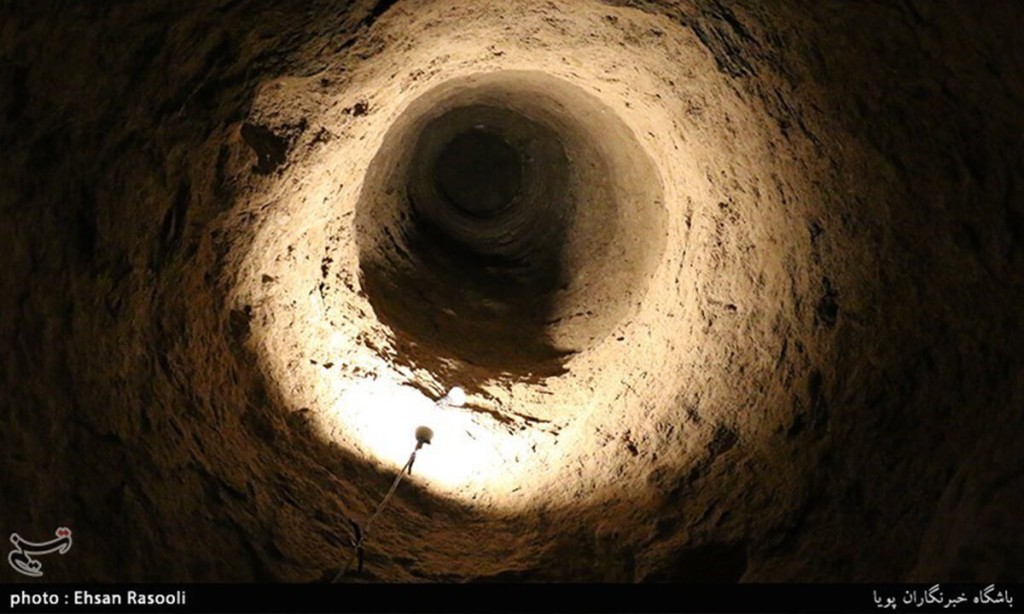
People of Noosh Abad, a small town few kilometers at the north of Kashan, dug up 4 flours under their town connected to their houses by a well from inside their courtyards.
The photo on the left is taken from the bottom of one of these wells. Once Nosh Abad inhabitants felt the threat of some invaders coming to their area, they went into these wells to get to their hideouts.
At the bottom, these shafts lead to the connected network of corridors, chambers, more downward wells, etc. From the top, it looked like it’s another dry well in this desert town.
The depth of the wells had been decided in a way that they didn’t reach the water tables or wet grounds, but they were deep enough to be accepted as an ordinary well. Such shafts led people to the floor -1. There are 3 other floors underneath such level meaning other wells had been dug as down as -4 floor to which people could go down and seek shelter.
They had to think about having food to eat and water to drink. So, there must have been some reserves of foodstuff as well. Light and air are two other important factors essential to the people who stayed down there during the hiding.
Walking in the corridors I checked out the width of the passageways and their height. It just reminded me of the underground aqueduct system devised by ancient Iranians called Kariz or Qanat. Ancient Iranians already had the know-how required to make such an underground network of corridors and arrange for some temporary residence at times of invasion. This was not a foreign concept to them at all.
Corridors & Chambers of Ouee Underground City in Noosh Abad
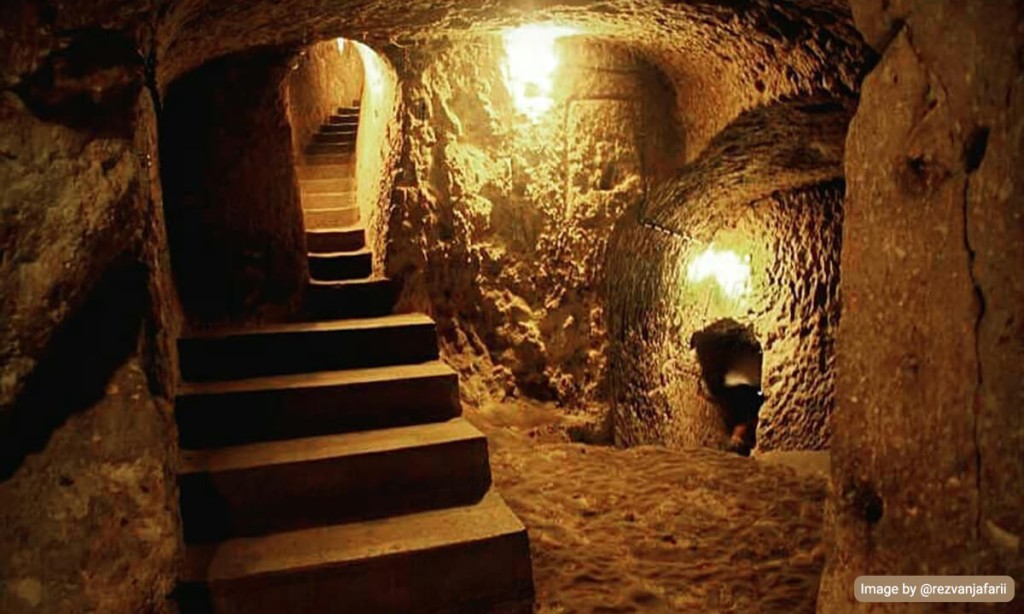
When people arrived in the underground network of corridors and chambers, each had a space with their families. This is what one may conclude by looking at the structure or architecture of such dug-out corridors and recessed spaces.
From human point of view and considering the horrified life people could have lived here, one really feels sorry for the things happening to these people back in the tense history of this country. Just imagine you had to take your family with you into such holes and spend some time, short or long, into such chambers and ask them to keep quiet and pray for their lives!
The history of mankind shows a lot of such brutal invasions and loss of lots of innocent civilians’ lives who are not beneficiaries in either case of victory or defeat. On the contrary, in both cases, they lose, suffer and go down.
From an innovation point of view, once the need to survive presses upon you, you will come up with solutions. As a hard-working nation with 1000s of years of background in engineering and architecture, Iranians have managed to survive putting into action such experiences from other projects and similar occasions.
From a resistance point of view, Iranians have always shown how steadfast they are in defending themselves and creating life in very unfriendly conditions. Oases settlements in the hearts of deserts are great examples of bringing water, and life, to the middle of literally nowhere. When you travel in Iran and come across a green patch in the middle of a vast desert, there must have been some Kariz system already dug out several centuries ago by our ancestors to bring water to that spot.
Noosh Abad ancient underground city, Ouee, isn’t the only example of such resistance and ambition to survive. There are other similar networks found in other parts of Iran as well. I will report them to you once I get to visit those spots as well.




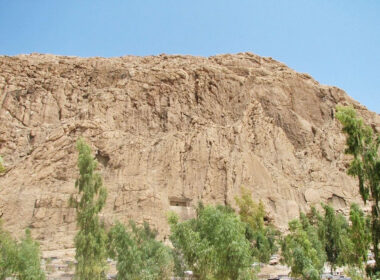
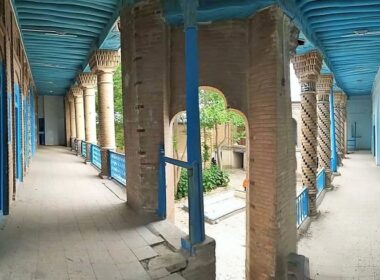
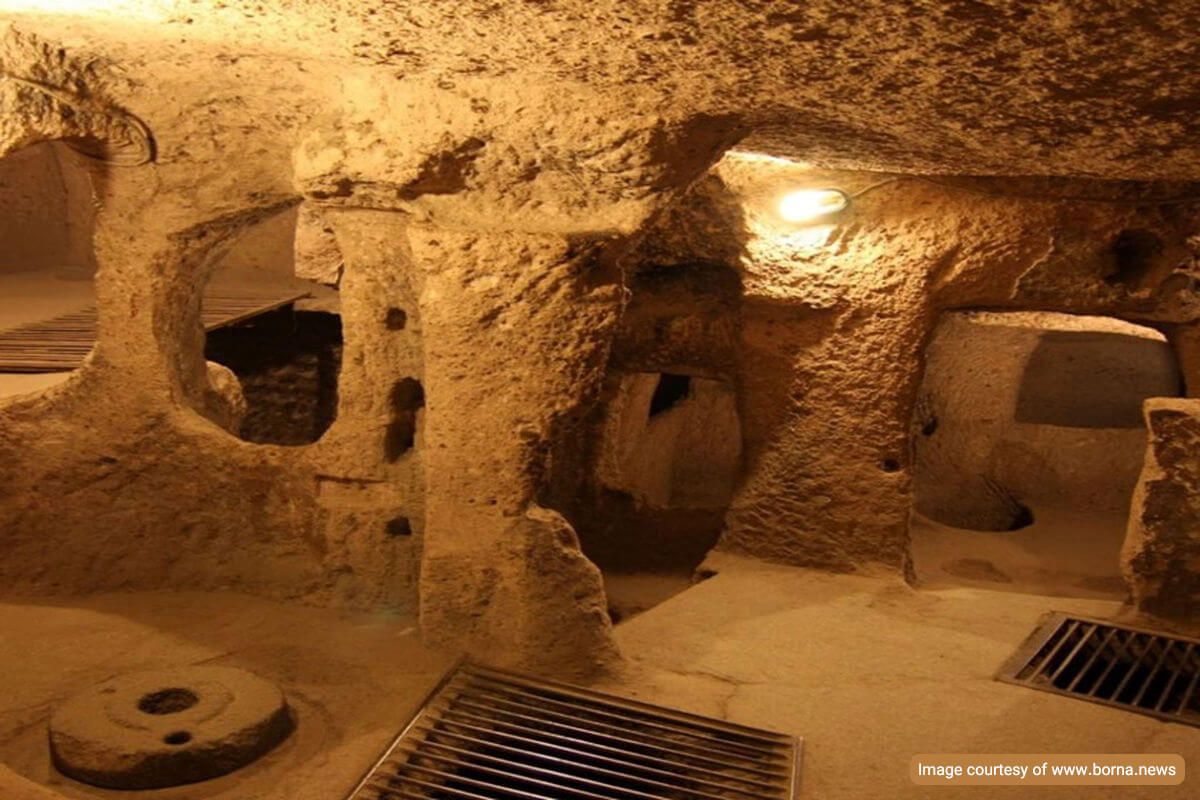
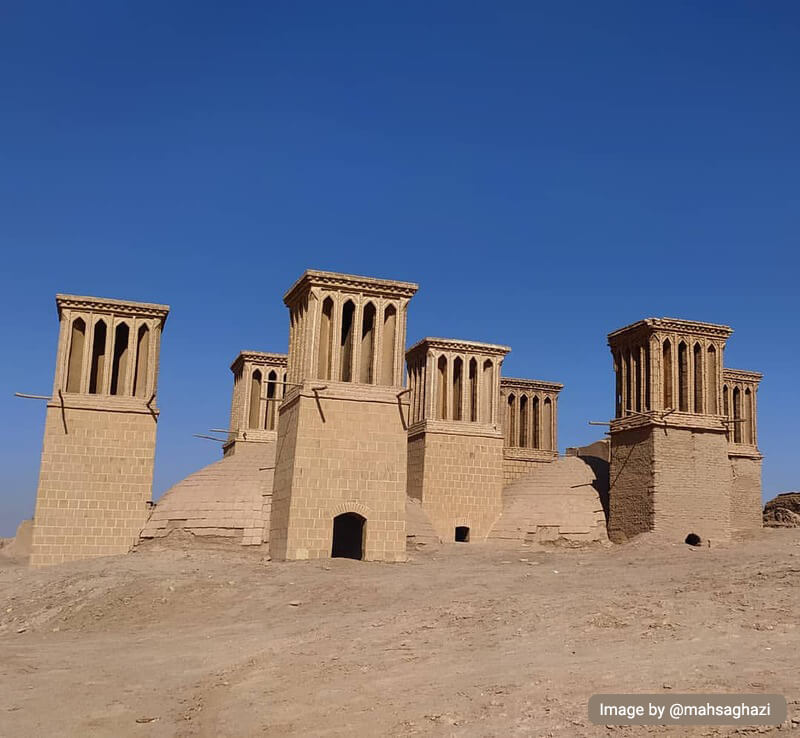
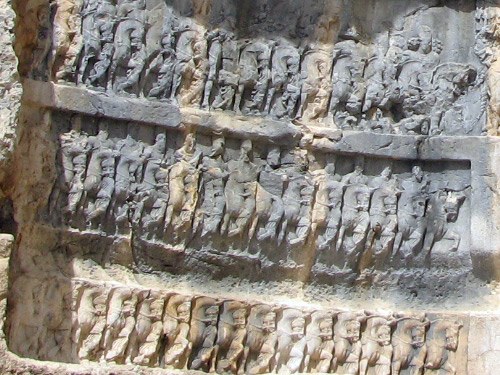
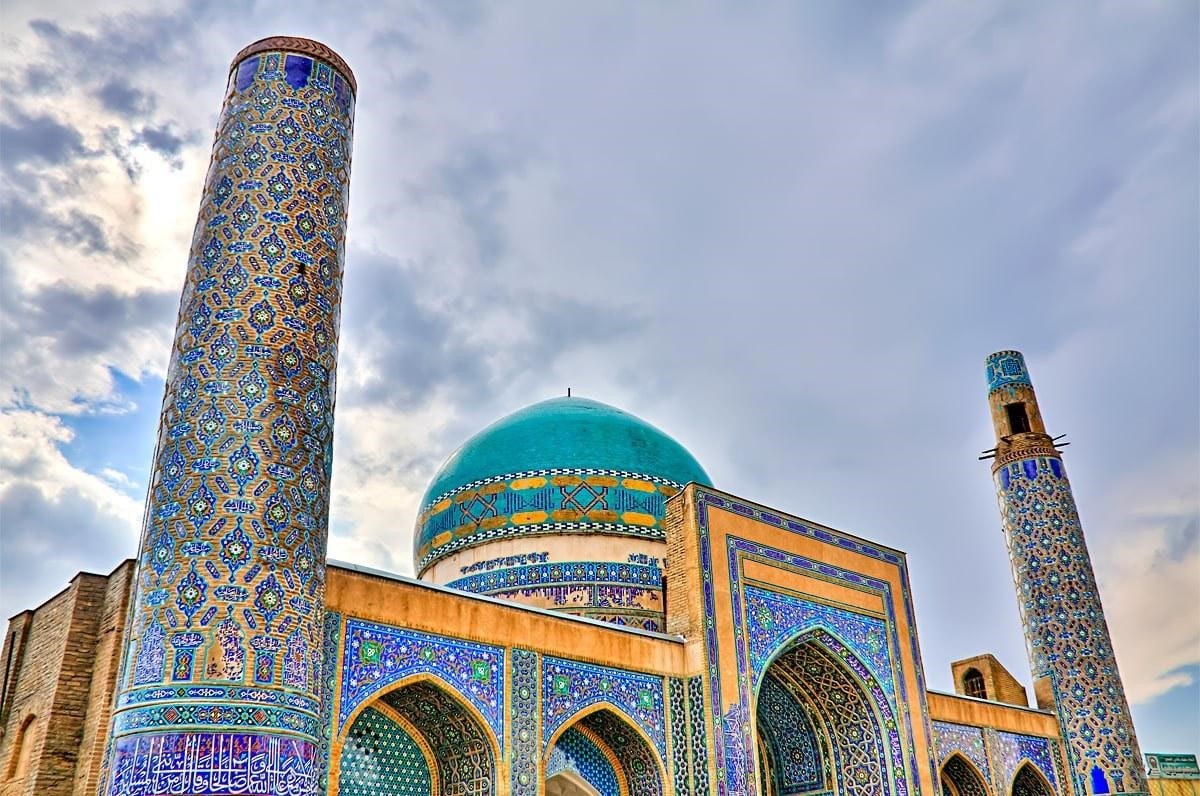
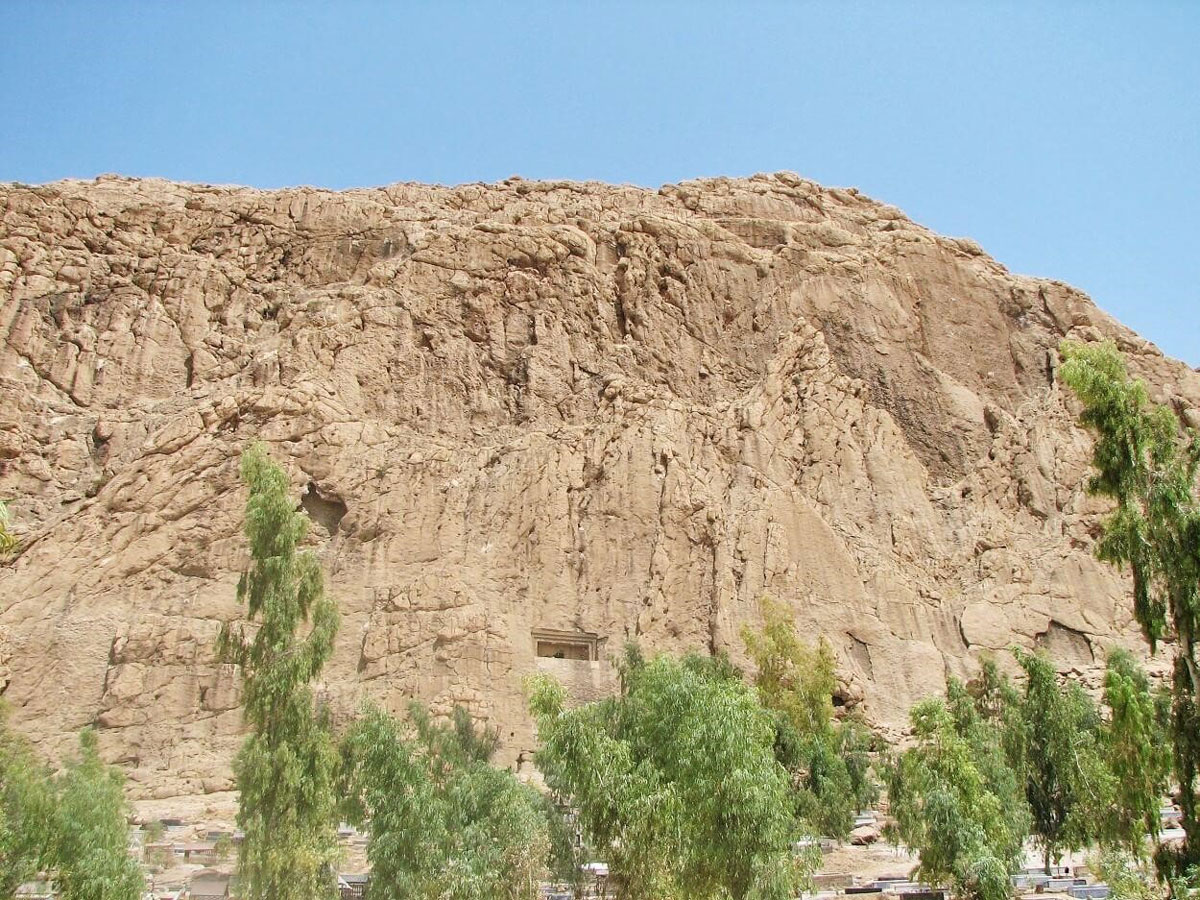

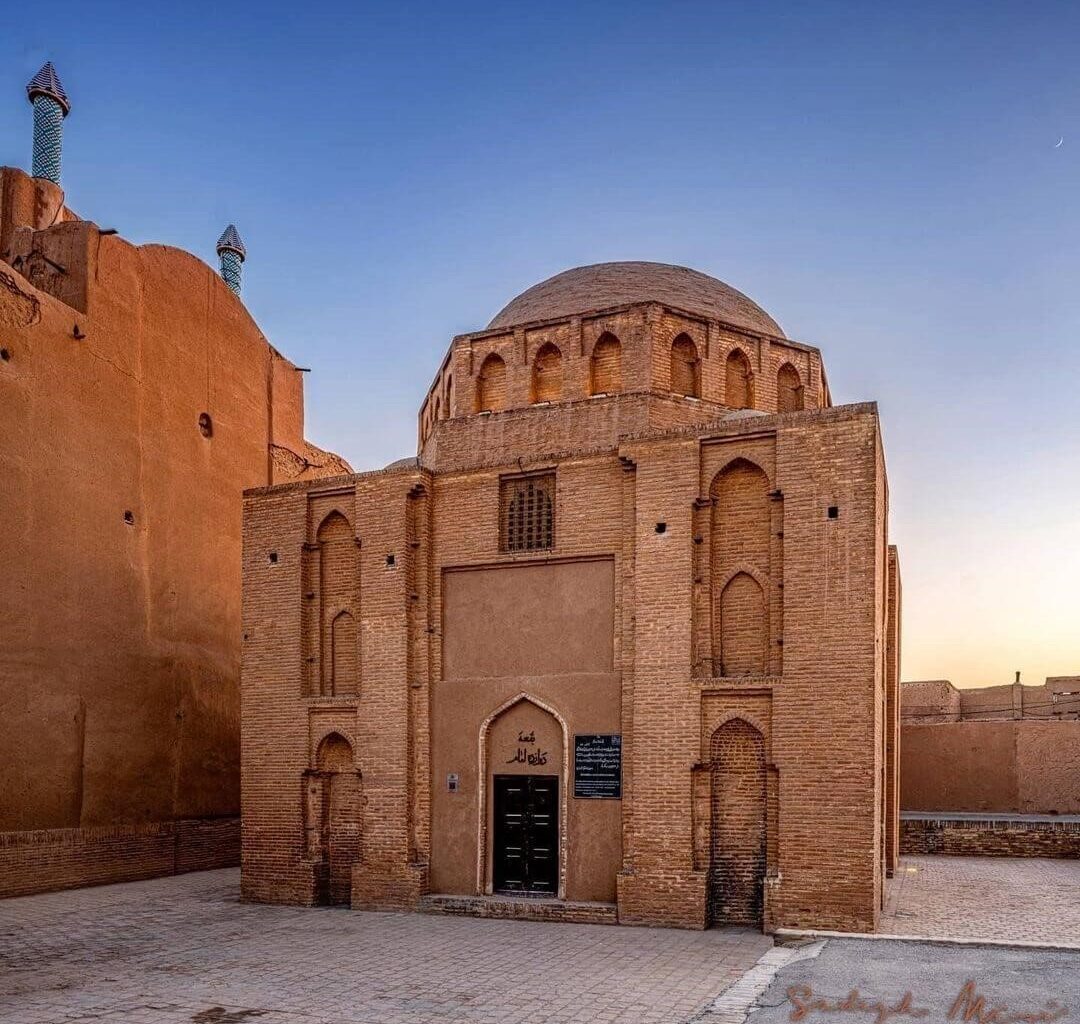



I’ve never really thought about visiting Iran. However you have made it sound so interesting and of course it has so much ancient history. (and I love history. thanks for sharing a very interesting experience. in Iran.
Thanks Lyn. I appreciate your encouraging words. Yes, traveling is my passion too. I’m happy that this post has excited you.
Keep in touch please. It’ll be great to stay connected.
Rahman
tanks for your post..